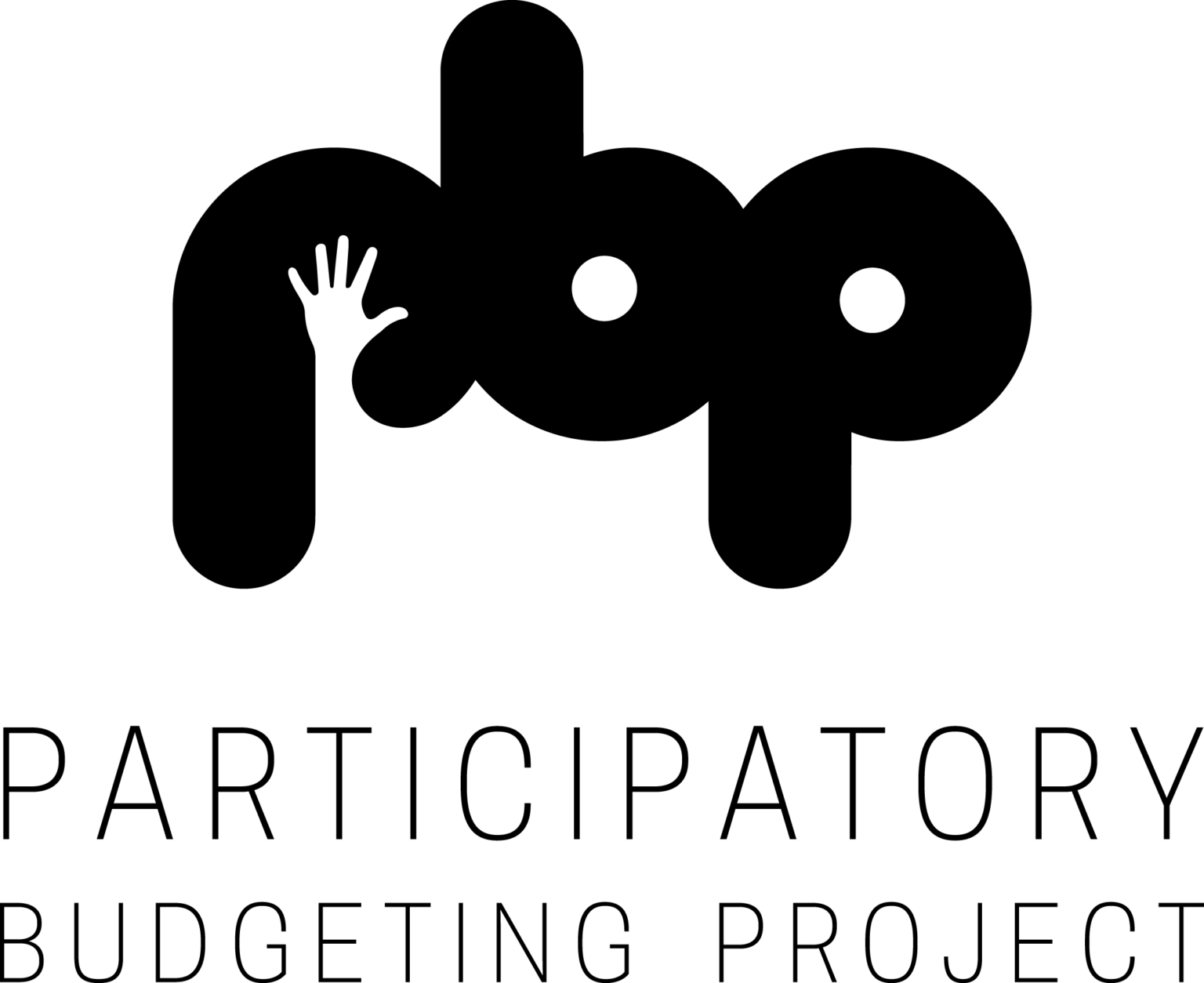In response to the corruption scandal that came to light this week in New York City, PBP and our PBNYC partners Community Voices Heard and the Community Development Project are calling for the expansion of PB as a way to ensure transparency and accountability. See the press release below for more information.
For Immediate Release: Friday, April 5th
Contact: Chris Keeley (Chris@CVHaction.org, 917-847-3625)
Josh Lerner (josh@participatorybudgeting.org, 718-360-7684)
Alexa Kasdan (akasdan@urbanjustice.org, 718-354-7340)
Groups Call for Expansion of Participatory Budgeting as Proven Method to Fight Corruption
As Corruption Scandal Unfolds and Member Items Reenter Public Discussion, Groups Call on City to Dramatically Expand Participatory Budgeting Process to Ensure Transparency and Accountability
Increasing Public Engagement in Budget Process is Proven Mechanism to Fight Corruption and Ensure that Spending Addresses Community Needs
New York, NY – As thousands of New Yorkers head to the polls this week to cast their vote for how they want to spend millions of dollars of Council Member discretionary funds, three groups that have helped to spearhead this process of participatory budgeting in NYC — Community Voices Heard, the Participatory Budgeting Project and the Community Development Project at the Urban Justice Center — are highlighting the effort as one proven mechanism to fight corruption and increase transparency in public funding, and calling for the City to expand its reach.
Participatory budgeting (PB) is a democratic process in which community members exchange ideas, work together to turn ideas into project proposals, and vote to decide what proposals get funded. In New York City’s second year of PB, residents of eight Council Districts are directly deciding how to spend at least $10 million of public money. Last year over 8,000 New Yorkers participated and that is set to double for this year. Allocations typically decided upon by Council Members and the Speaker alone are instead evaluated and prioritized by residents of the community.
“Participatory budgeting is working,” said Ann Bragg, a leader with Community Voices Heard. “As more people get involved, they realize that the process works and that it is local residents that know what’s best for their community. Having power to create proposals and put them on a ballot for a public vote is a powerful tool to bring neighbors together, to bring more transparency to our public funding, and to make sure that decisions are in the interest of a broad set of community members, not just a pet project for an elected official.”
Community Voices Heard has been focusing its efforts, in collaboration with community residents, organizations, and Council Offices, in community engagement efforts for this year’s vote. Targeted engagement efforts have focused on populations typically marginalized from government and civic life — low-income people, public housing residents, immigrants, youth, and the formerly incarcerated. Real decision-making power tends to ignite people’s connection to government and inspire a deeper sense of ownership of the community and a collective good.
“Over the past 25 years, participatory budgeting has worked in over 1,500 cities around the world, reducing corruption, deepening democracy, and leading to fairer public spending decisions that better reflect community needs,” said Josh Lerner, Executive Director of The Participatory Budgeting Project, a non-profit organization that supports PB processes across the US. “If the City Council and the Mayor adopt participatory budgeting, New Yorkers could make sure their tax money is used wisely.”
Participatory budgeting is a proven tool for active participation and transparency. For over 20 years, international organization such as the World Bank and United Nations have lauded the sustained success of participatory budgeting at reducing corruption and making spending more efficient and responsive. Several countries, such as Peru and the Dominican Republic, have mandated implementation of participatory budgeting in local and regional governments.)
“After talking to thousands of participants of Participatory Budgeting, our data shows that the process engages people who are disenchanted with politics and traditionally excluded from civic affairs, and it increases trust in government. PB is an innovative way to inject more transparency into the budget process and increase people’s trust in government — something that is important now more than ever in NYC.” said Alexa Kasdan, Director of Research and Policy at The Community Development Project (CDP) at the Urban Justice Center.
Data collected during last year’s process showed that 29% of PB voters identified as African American, 20% as Hispanic or Latino; 64% were women; about half earned below the median income and 21% were born outside of the United States. 78% of PB voters felt that they understood the needs of their council district better after voting and almost half of the neighborhood assembly participants had not contacted an elected official in the year before PB. This year CDP will gather thousands of exit polls to track demographic information about who voted in PB, their civic engagement patterns and their views about government.
This year’s ballot proposals include a broad range of innovative project ideas that serve a diverse constituency in each district. The full ballots are available at the pbnyc.org website.
Increasing the use of participatory budgeting in the City’s budget process could serve as a meaningful reform to City Council member items. Changes could be made to determine funding levels by district need, with the decision-making being done through a participatory budgeting process. In addition, drawing on successful models from around the world, PB could be expanded to a portion of Council and the Mayor’s overall budgets, the New York City Housing Authority, the Sandy redevelopment process, and school and university systems.
–30–
Community Voices Heard (CVH) is an organization of low-income people, predominantly women with experience on welfare, working to build power in New York City and State to improve the lives of our families and communities. We are working to accomplish this through a multi-pronged strategy, including public education, grassroots organizing, leadership development, training low-income people about their rights, political education, civic engagement and direct-action issue campaigns. We are currently working on welfare reform, job creation, public housing and other economic justice issues that affect low-income people, particularly low-income women of color. For more info visit www.CVHaction.org or follow @CVHaction on Twitter.
The Participatory Budgeting Project (PBP) is a non-profit organization that empowers community members to make informed, democratic, and fair decisions about public spending and revenue. We work with governments and organizations across North America to develop participatory budgeting processes, in which local people directly decide how to spend part of a public budget. We are currently leading or supporting PB processes in New York, Chicago, San Francisco, and Vallejo, CA (the first city-wide PB process in the US). For more info visit www.ParticipatoryBudgeting.org or follow @PBProject on Twitter.
The Community Development Project (CDP) at the Urban Justice Center strengthens the impact of grassroots organizations in New York City’s low-income and other excluded communities. For more info visit cdp-ny.org





